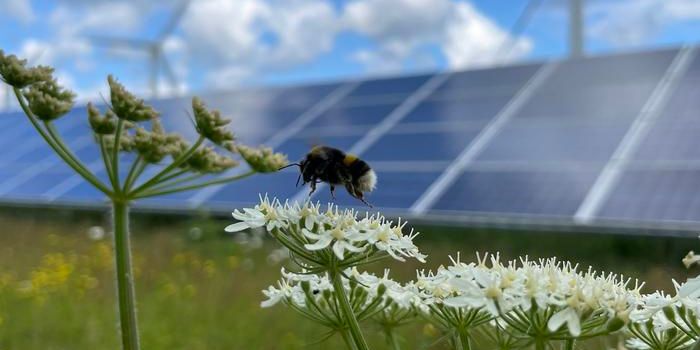Unwrapping the mei-yu's patterns
Research published last month in the journal Advances in Atmospheric Physics tracks the Yangtze River during the intense rainy season called the mei-yu. The mei-yu, also called the "Plum Rain", is part of East Asia’s summer monsoon that lasts for up to two months and extends over mainland China, Taiwan, Japan and Korea. Understanding and predicting the patterns of the mei-yu is crucial for planning agricultural pursuits in the region.
As explained by Eureka Alert, the mei-yu originates from interactions between convection systems at several, mid-range atmospheric levels, ranging from 2-20 km up to 20-200 km. Watch the video below to learn more about the mei-yu.
The research is composed of the Integrative Monsoon Frontal Rainfall Experiment (IMFRE-II), a multi-level hydrological tracking experiment that was conducted during ten heavy rainfall events of the 2020 mei-yu. As the name suggests, IMFRE-II was the second in a three-part series of experiments; IMFRE-I was conducted in 2018 over the middle reaches of the Yangtze, while the researchers intend to conduct part three in 2022.
"Last year's mei-yu was a particularly extreme one that broke records," said meteorologist and lead author of the study, Chunguang Cui. With a duration of 44 days (roughly 19 days longer than the average period), 2020’s mei-yu was not only longer but more intense and covered a larger area. "This was a gift in terms of the data we were able to gather."

Using ground-based, airborne, and satellite observations, IMFRE-II explored the properties of cloud formation that occur during this season. To gather their measurements, the team utilized seven aircraft flights that collected data on various attributes of ice particles, cloud droplets, and raindrops at various altitudes. They also used seven grown-based observation systems and global precipitation measurement (GPM) satellites.
The data gathered will help scientists enhance computer models that depict the mei-yu’s patterns and improve prediction efforts. The team says that more accurate forecasts will greatly benefit both flood-planning as well as the agricultural sector.
Sources: Advances in Atmospheric Physics, Eureka Alert








